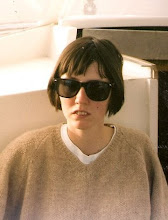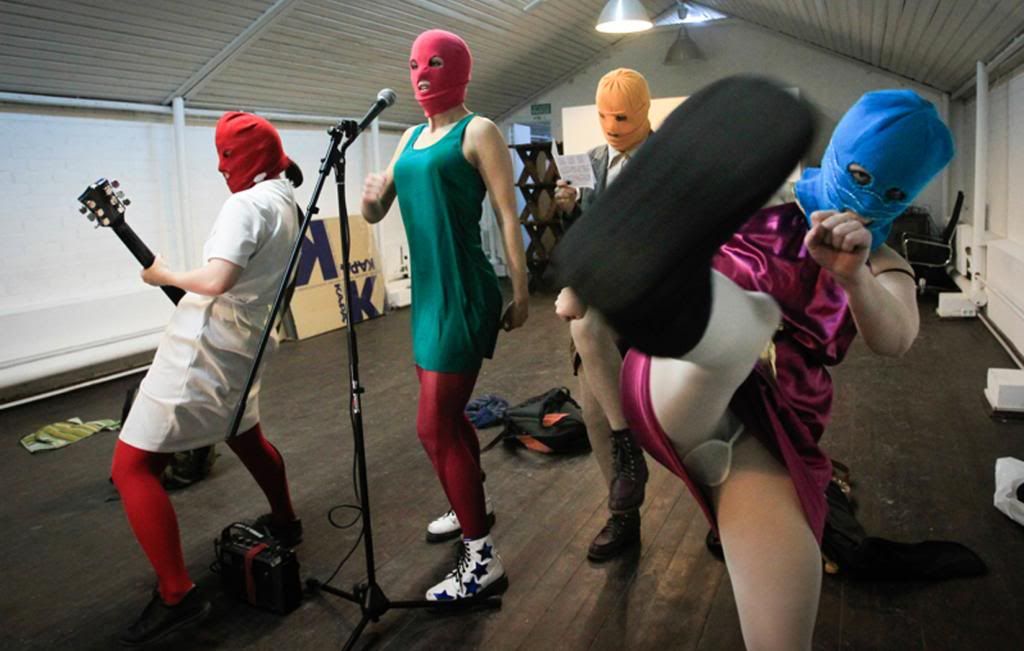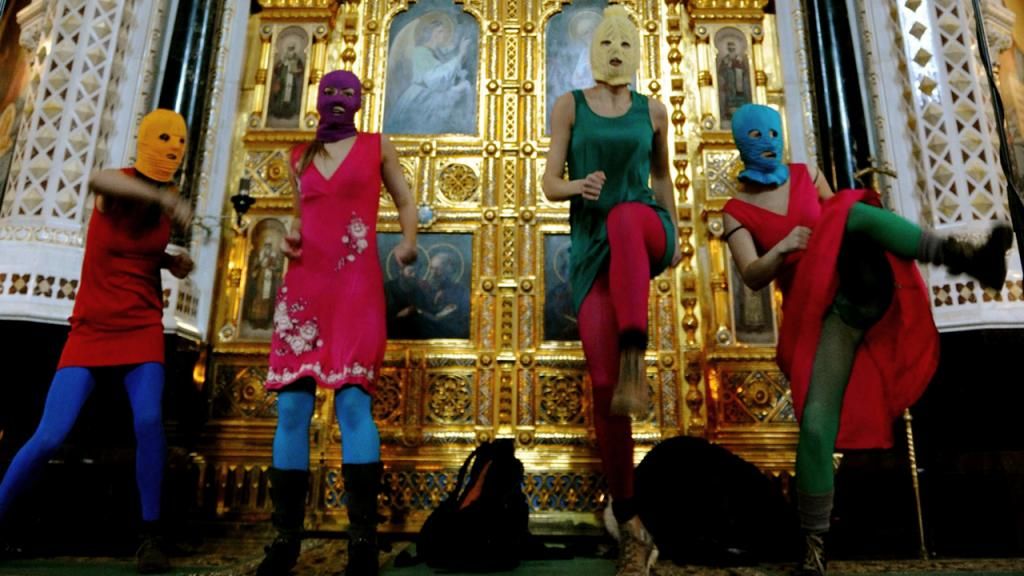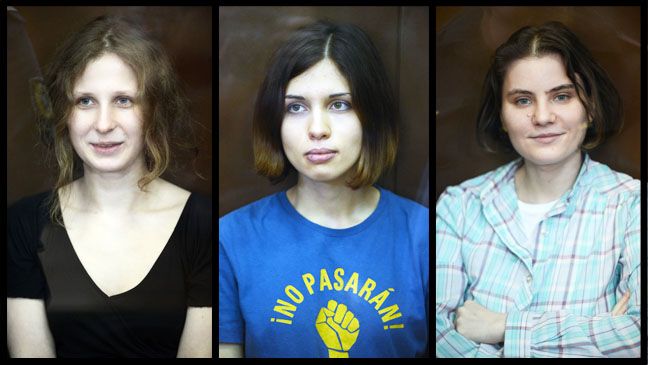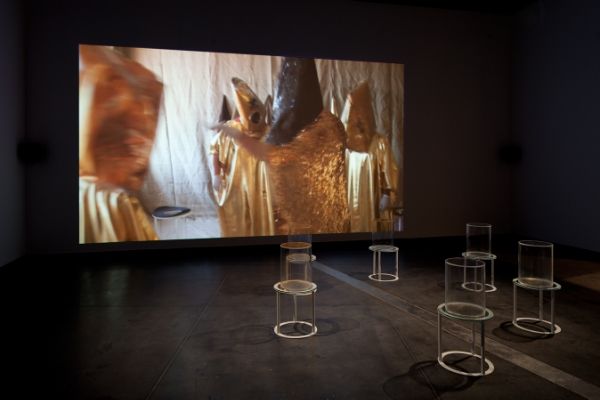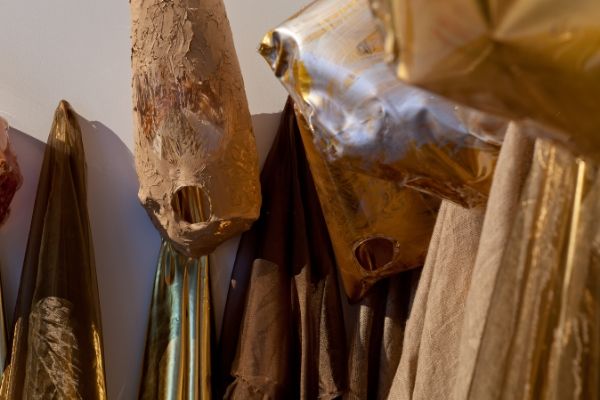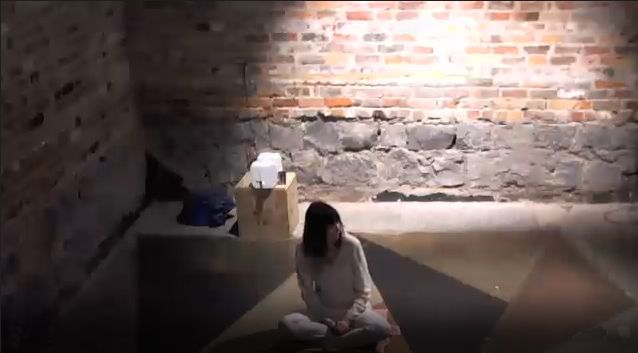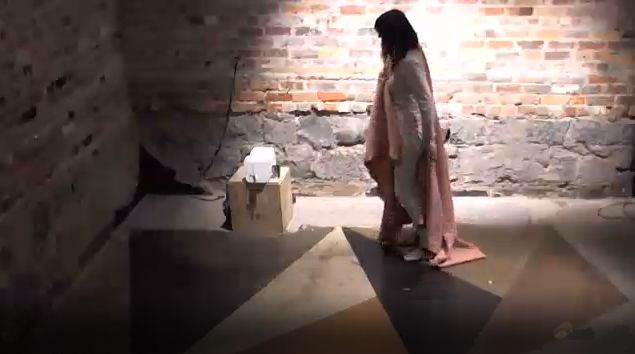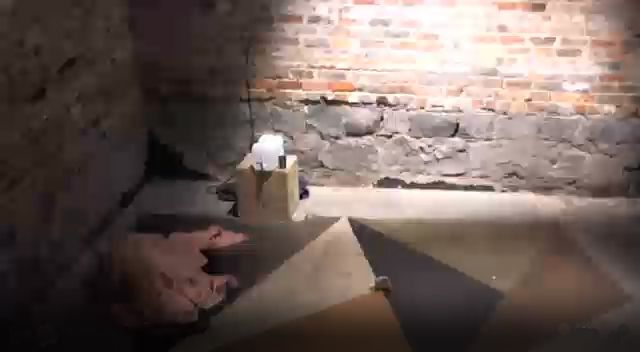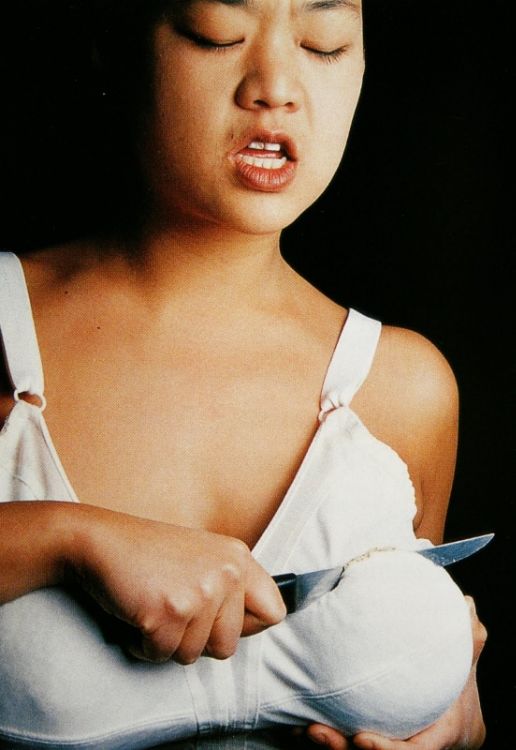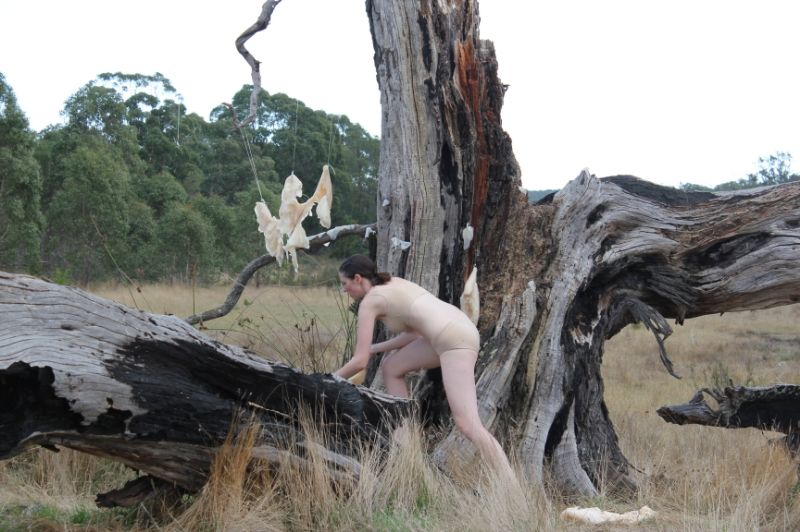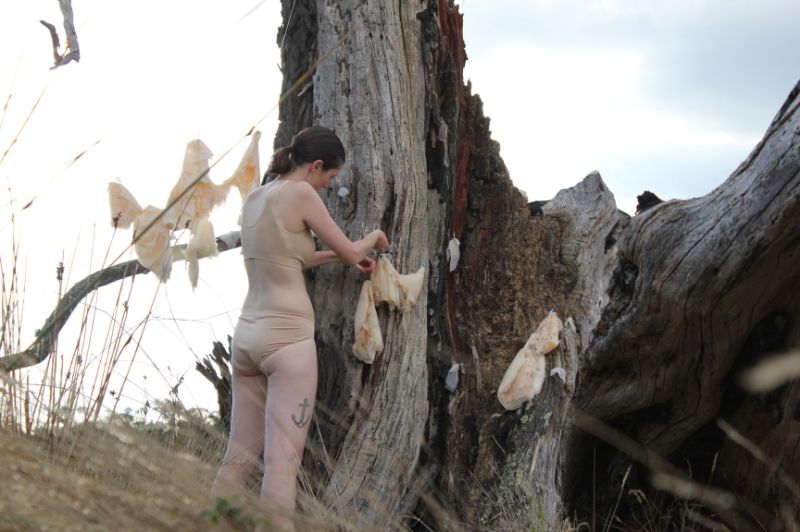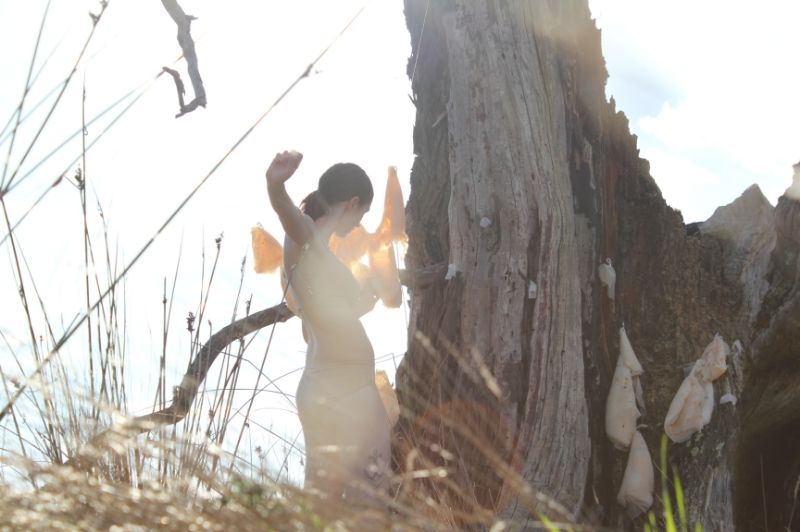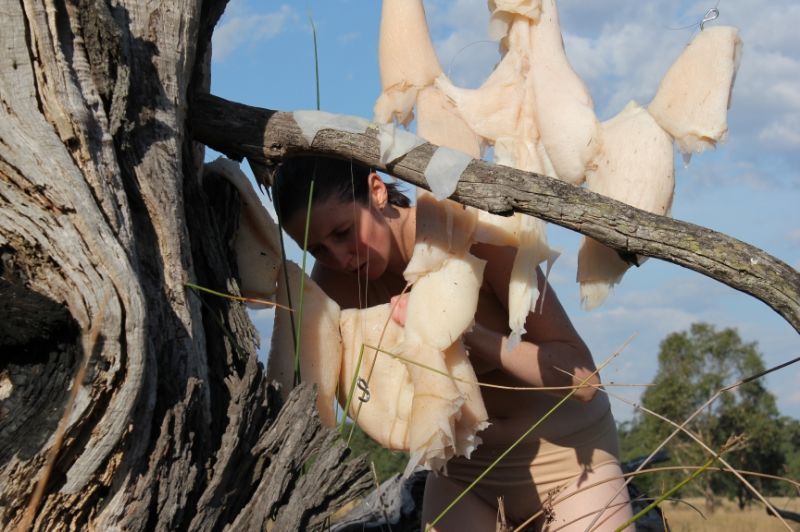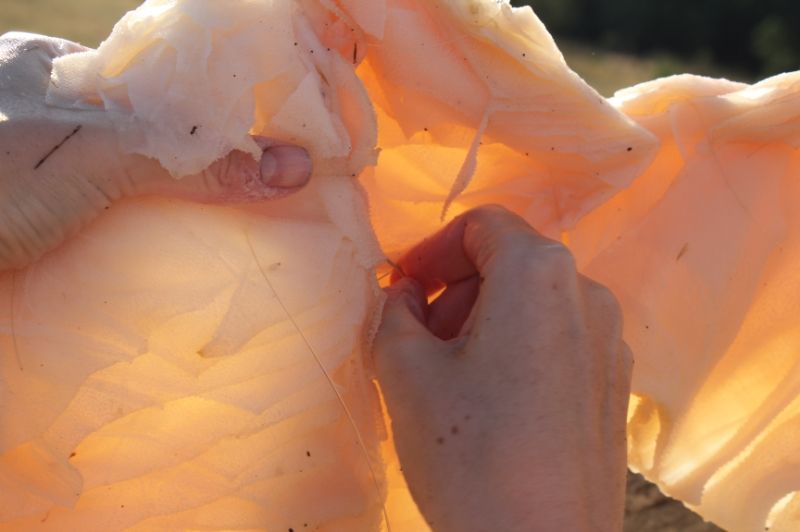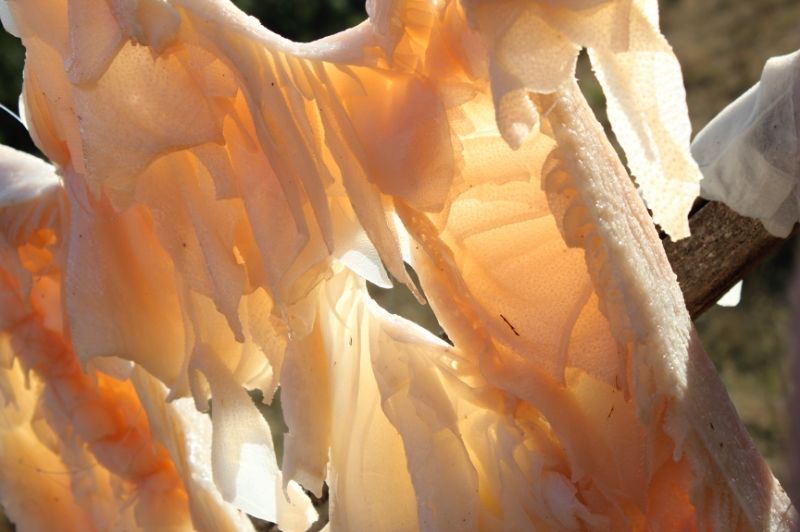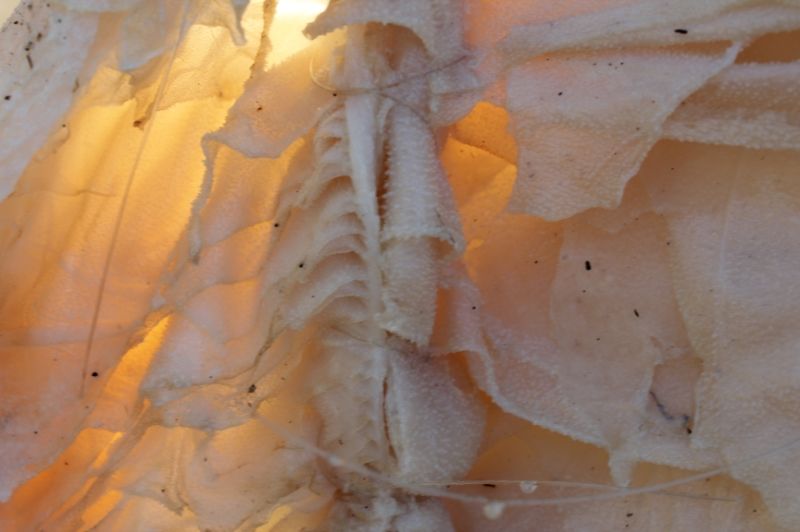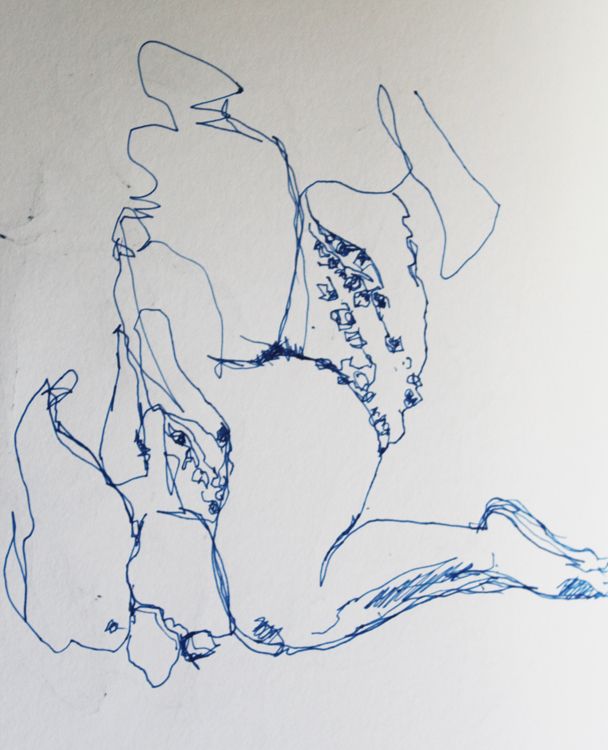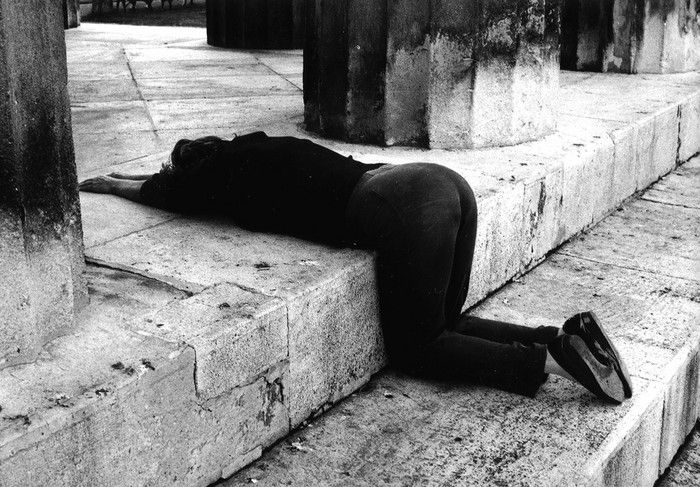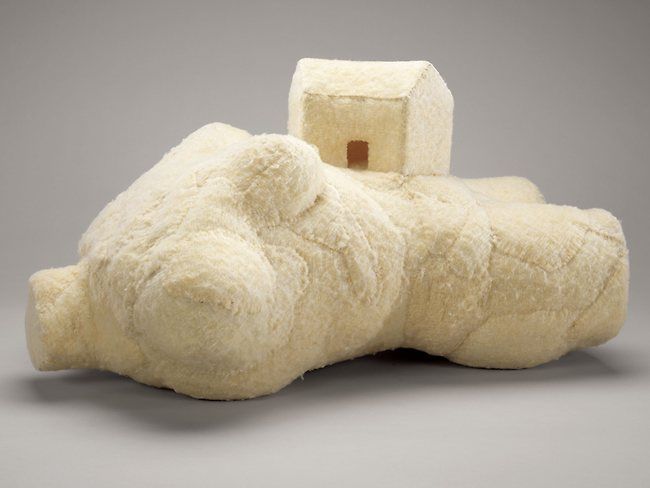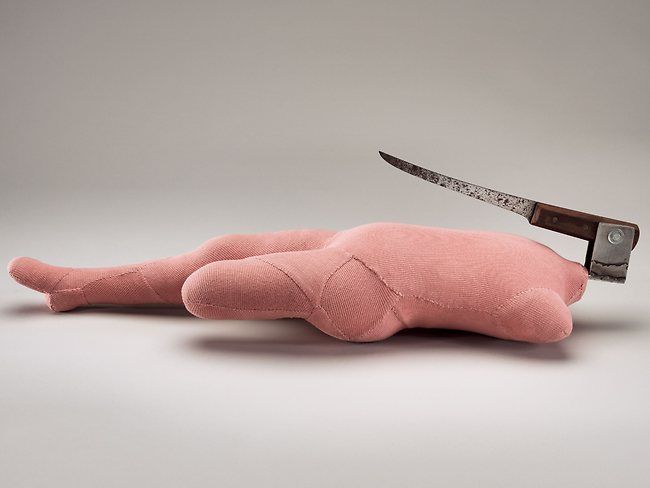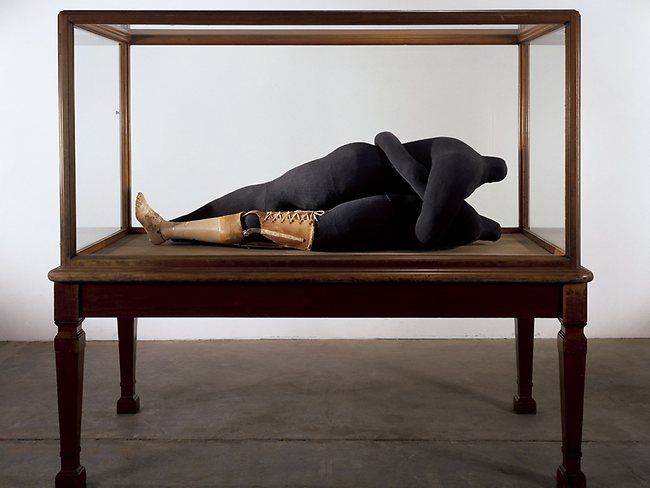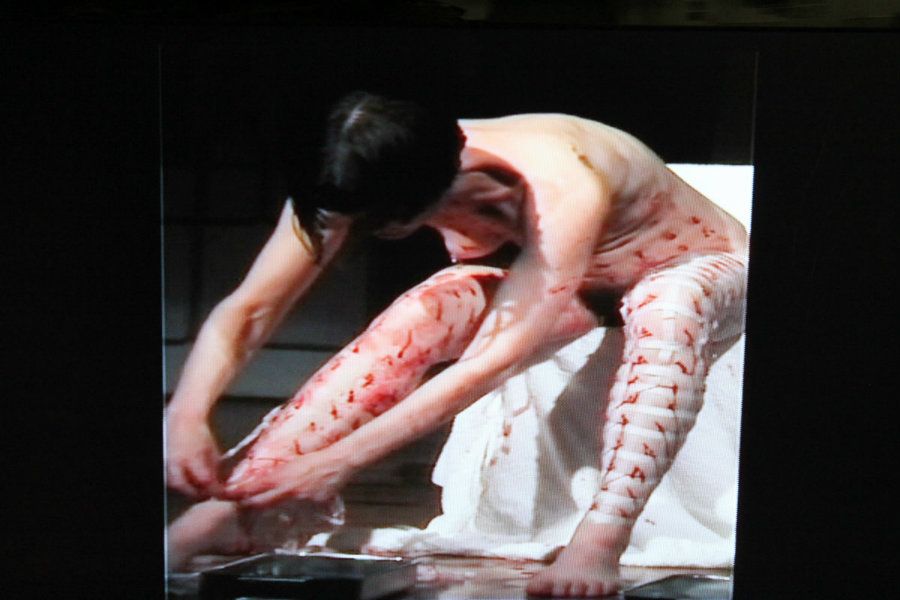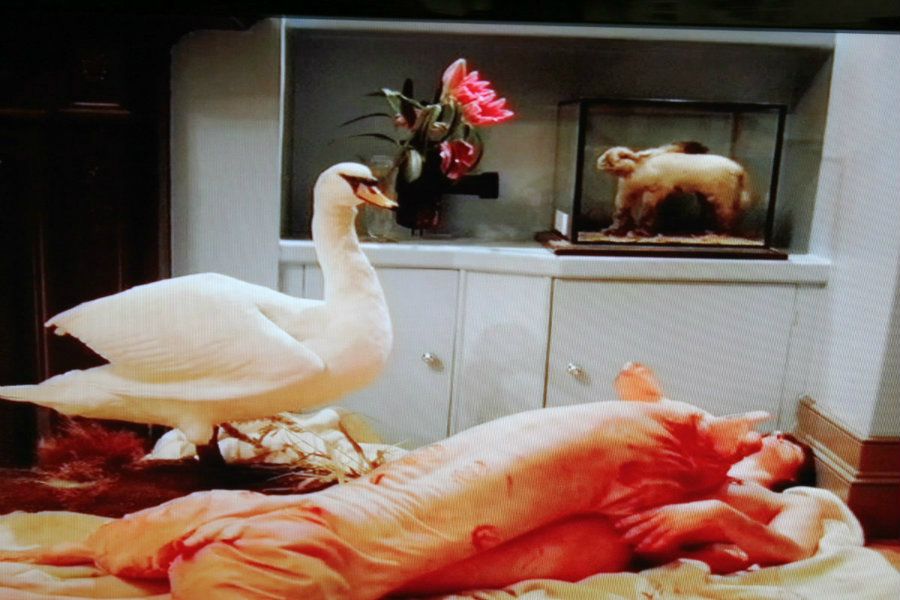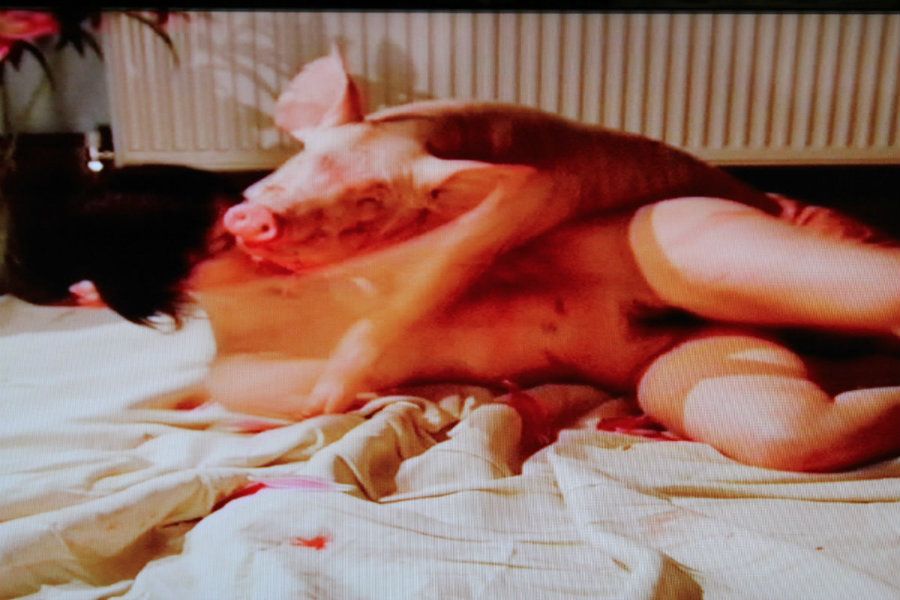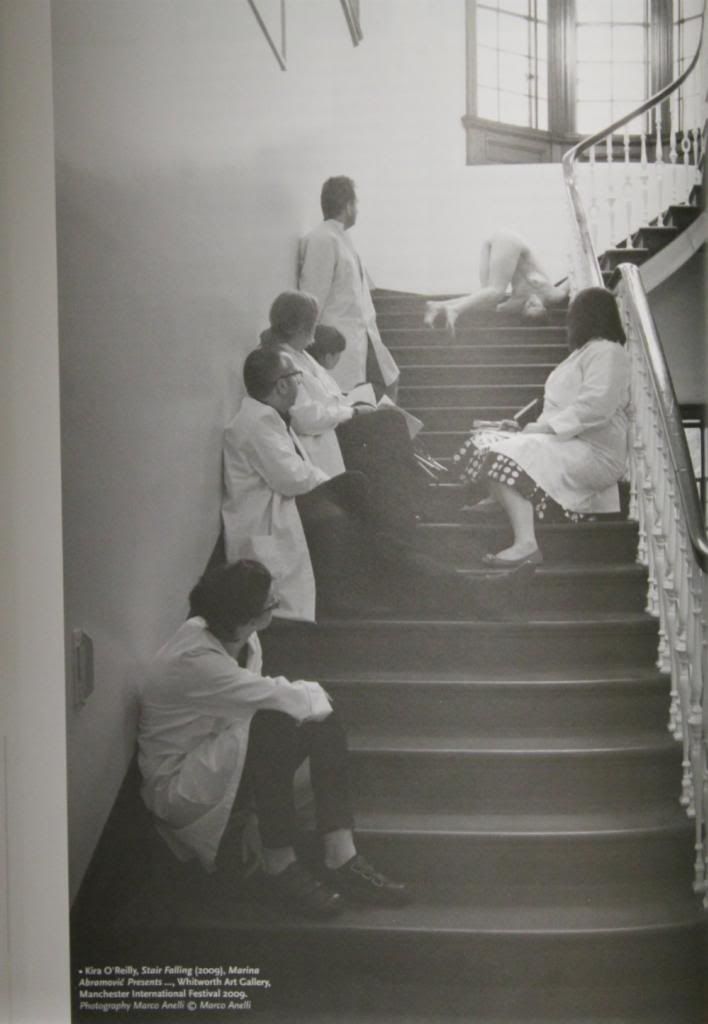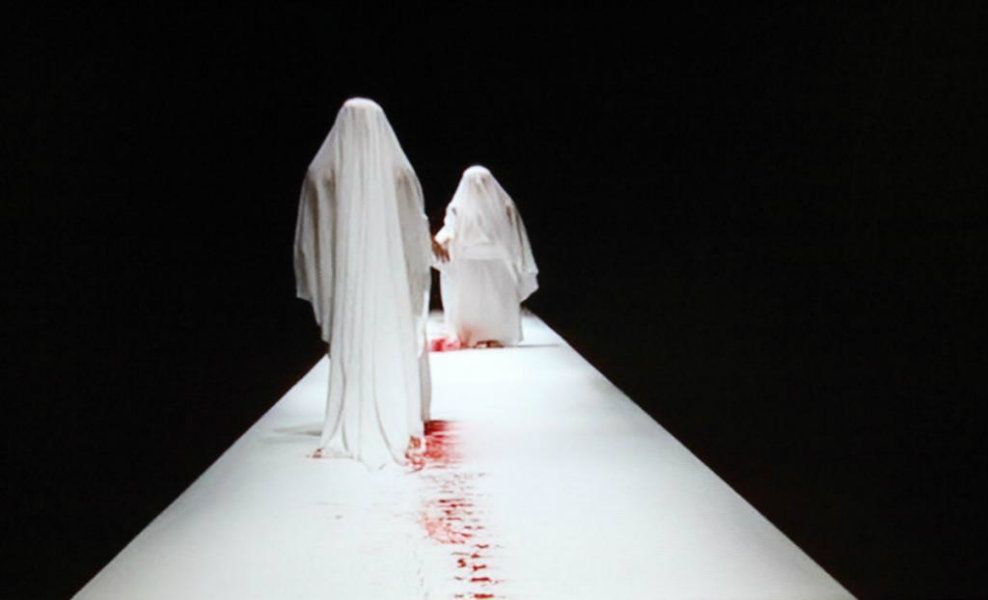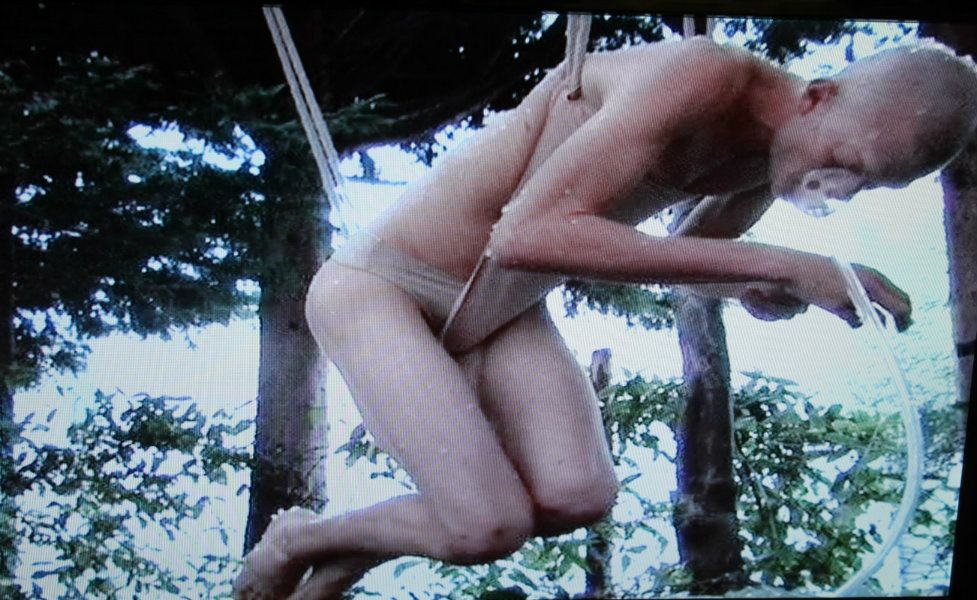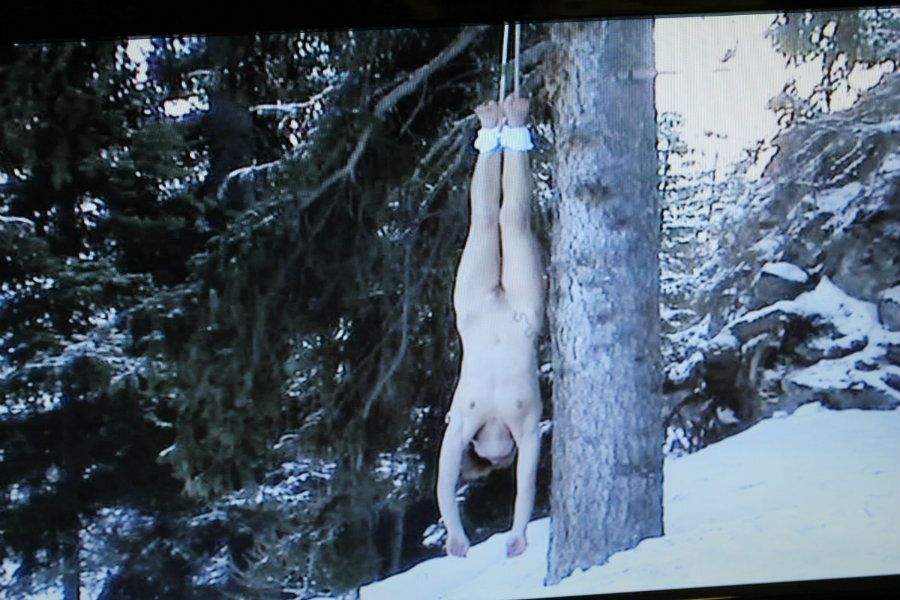I went to a really interesting lecture last week. It was part of a series of lectures at Gertrude Contemporary that have been programmed between the gallery and Discipline art journal.
The lecture was delivered by Denise de Silva, Professor in Ethics at Queen Mary University in London.
Black Feminist Poethics: Toward the End of the World (As We Know It)
“Would the Poet’s intention emancipate the Category of Blackness from the scientific and historical ways of knowing which produced it in the first place, which has been the Black Feminist Critic worksite?
Perhaps Blackness emancipated from science and history would wonder about another praxis and wander away and beyond the World, guiding the Feminist to an imagining of other ways of knowing and doing. From without the World as we know it, gazing at the Horizon of The Thing – where the imagination plays unchained – such a Black Feminist Poethic could expose the whole field of possibilities for knowing and doing.
Towards this End, as a preliminary move, this talk returns to the task some call the critique of representation, with an account that confronts juridical (the authorised total violence of the police and the courts) and economic (the expropriation of total value from indigenous lands and enslaved labour) moments of racial subjugation.”
-Denise De Silva
I found Denise De Silva's discussion of how capitalist wealth has and continues to exploit labour along racial lines very interesting. The fact is that the current economic state is built off the exploitation of people of colour.
In America, the munificent wealth some people enjoy has at its basis the colonizing of land followed by the exploitation of slave labour.
Likewise in Australia. We are a country that has built ourselves from the colonization of land and the marginalization and mistreatment of indigenous people. Australia's wealth in the global economy comes from gathering and trading resources from these lands. For people familiar with Postcolonial critique and history these things would be obvious. But the overarching ways that labour and land are used and exploited by capitalist structures can go overlooked. If you want to look at issues of equality and feminism it seems vital to consider all the ways in which people are made un-equal within society. If you want to consider whose subjectivity is being considered most important in the way politicians make policy, it's crucial to consider how racist divisions of labour have been and continue to be, within society. When you look at Australia's current political situation it isn't difficult to see that our government plays on people's fear and racist tendencies, particularly in the case of policy around refugees.
The lecture was inspiring and I highly recommend reading this article by Denise de Silva. I plan on reading some of the books she refers to in the article as well.
